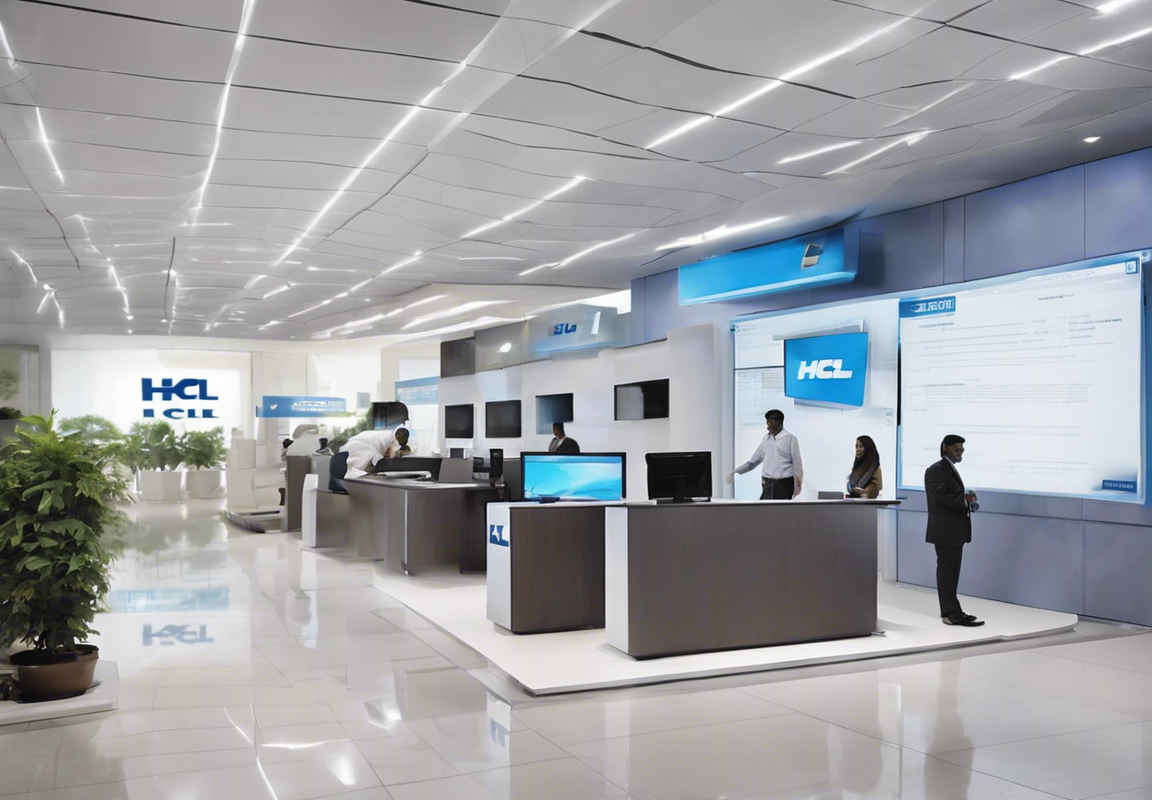As investors, analysts, and stakeholders eagerly anticipate the fourth-quarter results of HCL Technologies, it is crucial to understand what to expect and how these results may impact the technology sector and the company itself. In this blog post, we will delve into the key aspects of HCL Technologies’ Q4 results, including revenue projections, profitability trends, factors influencing performance, and potential implications for investors and the industry at large.
Revenue Projections
HCL Technologies has been a prominent player in the IT services industry, providing a wide range of services such as application development, infrastructure management, and engineering services to clients globally. For the fourth quarter, analysts are closely monitoring the company’s revenue projections to gauge its growth trajectory. Factors such as demand for digital transformation services, deal wins, and client retention will play a pivotal role in determining the revenue outcomes.
Profitability Trends
In addition to revenue figures, profitability trends are equally significant in assessing HCL Technologies’ financial performance. Operating margins, net income, and earnings per share (EPS) are key metrics that investors will scrutinize to evaluate the company’s operational efficiency and financial health. Any deviations from projected profitability levels could impact investor sentiment and stock valuations.
Factors Influencing Performance
Several factors are likely to influence HCL Technologies’ Q4 results, including the impact of the ongoing COVID-19 pandemic, macroeconomic conditions, currency fluctuations, competition within the industry, and the company’s strategic initiatives. It is essential to consider how these factors have shaped HCL Technologies’ performance during the quarter and to what extent they may continue to impact its future outlook.
Potential Implications
The outcome of HCL Technologies’ Q4 results could have significant implications for various stakeholders. Positive results may boost investor confidence, drive stock prices higher, and strengthen the company’s position in the market. On the other hand, any underperformance could lead to a decline in investor trust, impact shareholder value, and prompt a reassessment of the company’s growth prospects. Understanding these implications is crucial for making informed investment decisions and navigating the evolving landscape of the technology sector.
Frequently Asked Questions (FAQs)
1. What are the key performance indicators (KPIs) to focus on in HCL Technologies’ Q4 results?
- Key performance indicators to monitor include revenue growth, profitability margins, client retention rates, deal wins, and guidance for the upcoming quarters.
2. How has the COVID-19 pandemic impacted HCL Technologies’ operations?
- The pandemic has accelerated the demand for digital transformation services while also posing challenges related to remote work, supply chain disruptions, and client budget constraints.
3. What growth opportunities does HCL Technologies have in the current market environment?
- HCL Technologies can leverage opportunities in cloud services, cybersecurity, artificial intelligence, and automation to drive growth and innovation in a rapidly evolving digital landscape.
4. How does HCL Technologies differentiate itself from its competitors in the IT services industry?
- HCL Technologies focuses on its “Relationship Beyond the Contract” philosophy, customer-centric approach, domain expertise, and investments in research and development to differentiate itself from competitors.
5. What risks should investors consider when evaluating HCL Technologies’ stock?
- Risks to consider include currency fluctuations, geopolitical uncertainties, regulatory changes, competition from global and local players, talent retention, and technological disruptions that could impact the company’s performance and stock value.
By keeping a close eye on HCL Technologies’ Q4 results and understanding the key drivers shaping its performance, investors and industry observers can gain valuable insights into the company’s standing in the market and its potential for future growth and profitability.






